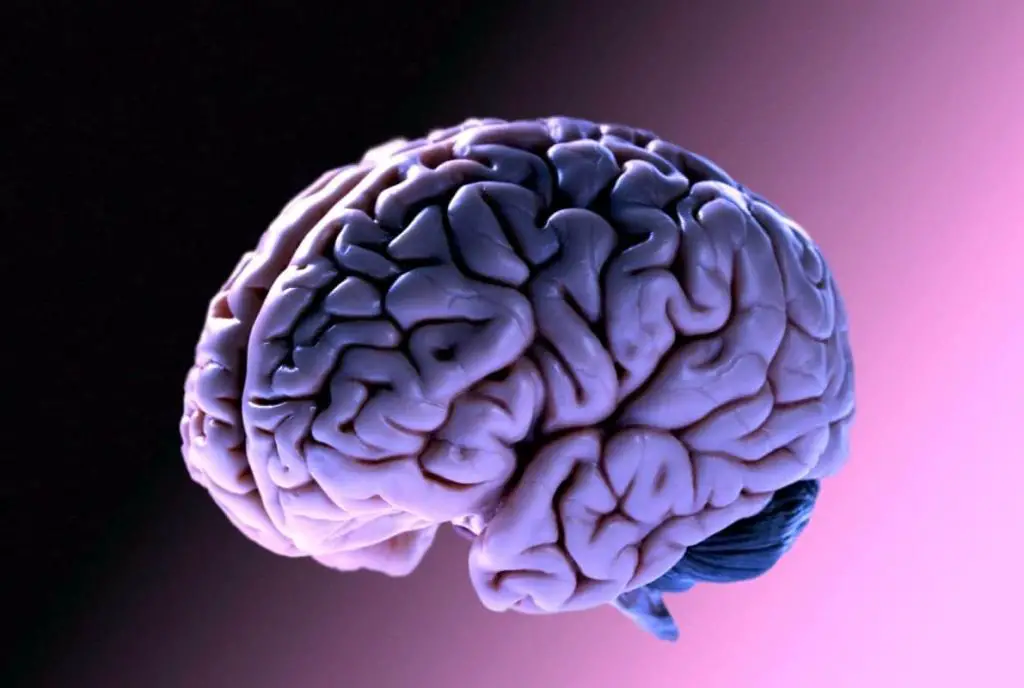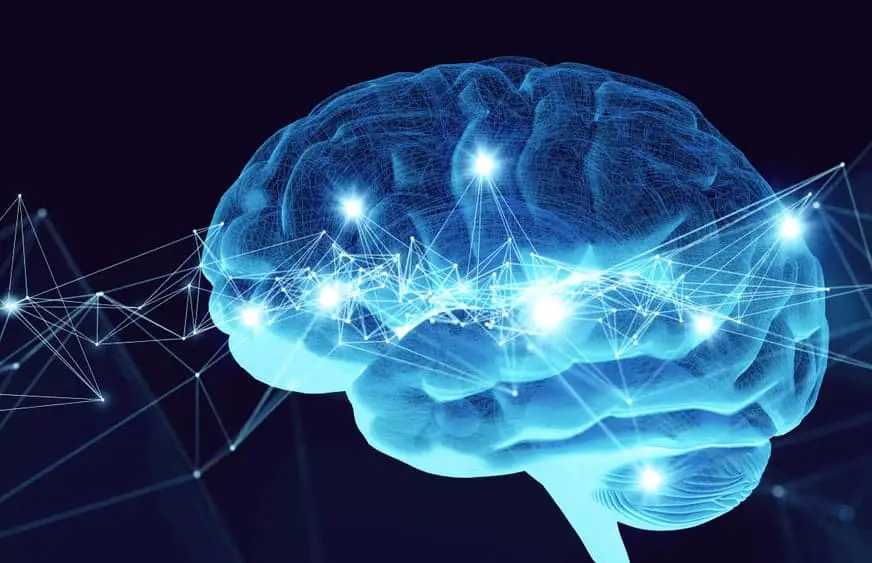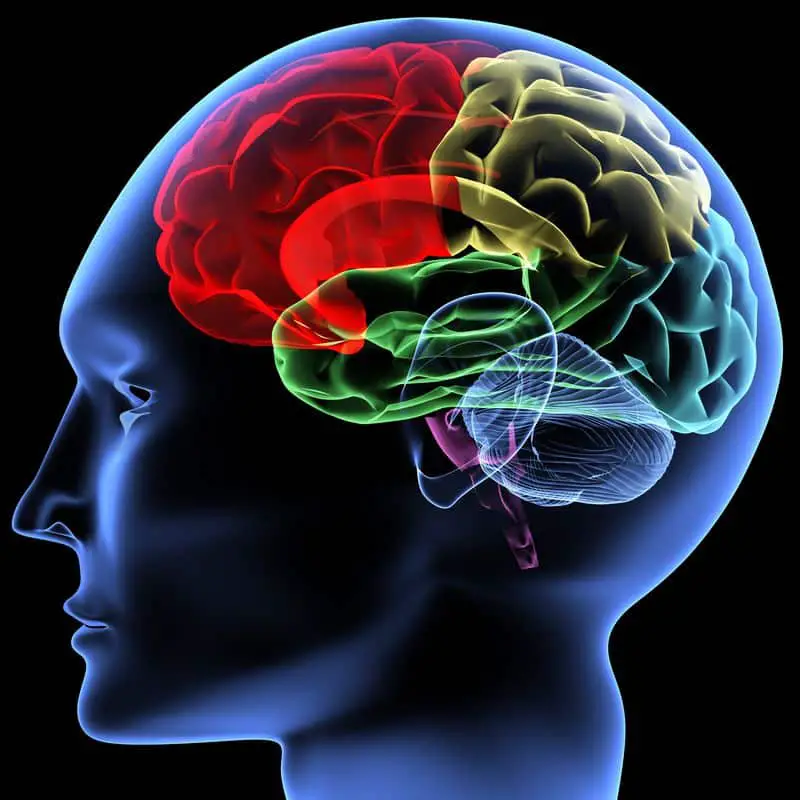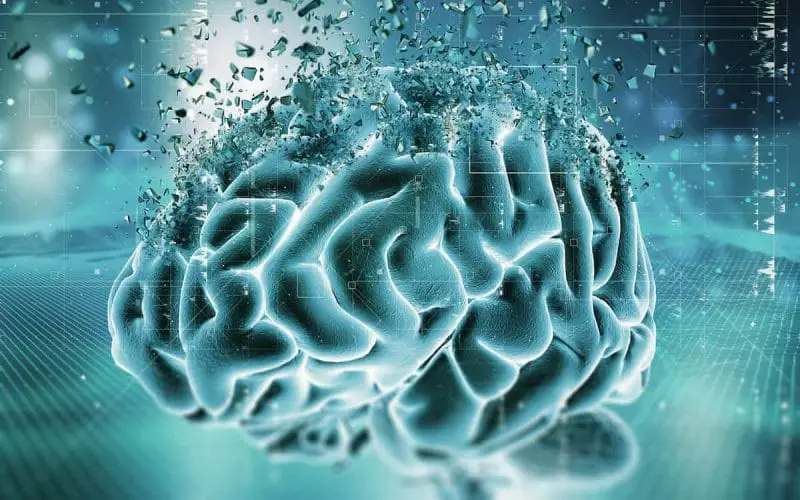The latest findings from researchers at CANDLE (USC Center for Affective Neuroscience, Development, Learning and Education) show that adolescents who think about social issues and violence more thoughtfully show greater resilience to the effects of exposure to violence on their child’s development. brain.
Witnessing Violence Damages Teen Brains
The study was published in the Journal of Research on Adolescence .
Mary Helen Immordino-Yang and a team of researchers at CANDLE have found that adolescents who engage in “transcendent thinking”—going beyond responding to the specifics of social situations to consider broader ethical, personal, and social implications—can counteract the negative impacts that exposure to violence has on their developing brains.
The study builds on an earlier one by Immordino-Yang that highlighted a troubling link between adolescents’ exposure to violence in their community and their brain development.
In both studies, MRI brain scans of adolescents growing up in communities with high levels of violence showed thinner cortex in parts of the brain involved in perceiving stress and pain, as well as motivation, judgment, and processing emotions.
This new study confirms that these links exist in older adolescents, around the ages of 16 to 18 when they witness violence, but it also offers a possible antidote. The 55 participants all came from low socioeconomic backgrounds and lived in urban settings. The adolescents were asked about their exposure to community violence and underwent two MRI brain scans, one at the start of the study and one two years later.

At the time of the initial scans, participants also watched mini-documentaries about teenagers in difficult situations and discussed their reactions in a recorded interview, which was then rated for transcendental thinking.
The final MRI scans showed that the more a teenager engaged in transcendental thinking, the more brain growth occurred in several areas over the course of two years, including those most affected by violence.
The findings suggest that adolescents’ transcendental thinking may help them counteract the effects of exposure to violence on their developing brains.
These findings reveal that when adolescents make an effort to contextualize and make sense of the violence they are exposed to, this complex thinking strengthens their resilience and thus makes their brains grow despite the violence they witness.
When adolescents were able to reflect on topics such as why violence occurs and what can be done to get to the root of the problems, they showed a form of neural resilience in the anterior cingulate cortex, among other regions.
“Let me be clear: We found that witnessing violence and crime in the community, even in older adolescents, was associated with key regions of their brains losing volume over time. In fact, witnessing violence caused regions of their brains to shrink quite a bit, which is a pattern seen in people with PTSD and in soldiers sent to war,” Immordino-Yang said.

At the same time, the kids weren’t passively taking the impact: When they showed us that they were thinking seriously about why these things were happening and what could be done to make the world a better place for everyone involved, that kind of thinking increased their brain volume in these same brain regions. Violence was bad for them, but transcendent, civic-minded thinking was a kind of antidote, neurologically speaking.”
The study builds on a body of research led by Immordino-Yang that explores the effects of transcendental thinking on adolescent brain development. A recent landmark study published by Immordino-Yang showed that transcendental thinking in adolescents can predict future brain growth, and that this brain growth, in turn, predicts life satisfaction as young people transition into adulthood.
Immordino-Yang’s team’s findings highlight the vulnerability of adolescents in communities affected by high levels of violence, while also underscoring the importance of fostering skills such as transcendental thinking in adolescents.
These skills not only help adolescents make sense of the violence they witness, but they also help them counteract the negative impact of this violence on their developing brains.
‘Transcendent’ Thinking Can Make Teen Brains Grow
Scientists at the Center for Affective Neuroscience, Development, Learning, and Education (CANDLE) at USC’s Rossier School of Education have shown for the first time that a type of thinking that has been described for more than a century as a key developmental milestone in adolescence can, over time, make adolescent brains grow.
This type of thinking, which the study authors call “transcendent,” goes beyond responding to the concrete specifics of social situations to also consider the broader ethical, systemic, and personal implications at play. Engaging in this type of thinking involves analyzing situations for their deeper meaning, historical contexts, civic significance, and/or underlying ideas.
The research team, led by USC Rossier Professor Mary Helen Immordino-Yang, includes Rebecca J.M. Gotlieb, a research scientist at UCLA, and Xiao-Fei Yang, an associate research professor at USC Rossier. The study, “Diverse adolescents’ transcendent thinking predicts young adult psychosocial outcomes via brain network development,” is published in Scientific Reports .
In previous studies, the authors have shown that when adolescents and adults think about problems and situations in a transcendental way, many brain systems coordinate their activity, including two major networks important for psychological functioning: the executive control network and the default mode network.

The executive control network is involved in managing focused, goal-oriented thinking, while the default mode network is active during all types of thinking that transcend the “here and now,” such as when recalling personal experiences, imagining the future, experiencing enduring emotions such as compassion, gratitude, and admiration for virtue, daydreaming, or thinking creatively.
Researchers privately interviewed 65 high school students ages 14 to 18 about true stories of other teens from around the world and asked them to explain how each story made them feel. That day and two years later, the students underwent fMRI brain scans. Researchers followed the participants twice more over the next three years, when they were in their late 20s.
What the researchers found was that all of the teens in the experiment talked at least a little about the bigger picture, what lessons they learned from a particularly touching story, or how a story might have changed their perspective on something in their own life or the lives and futures of others. However, they found that while all of the teen participants were able to think transcendentally, some did so much more than others.
And that made all the difference. The more a teenager looked at the big picture and tried to learn from stories, the more that teenager increased coordination between brain networks over the next two years, regardless of their IQ or socioeconomic status.

This brain growth (not a comparison of the adolescent’s brain to that of other adolescents, but a comparison of the adolescent’s brain to his or her own brain two years earlier) in turn predicted important developmental milestones, such as identity development in late adolescence and life satisfaction in young adulthood, about five years later.
The findings reveal a new predictor of brain development: transcendent thinking. Researchers believe that transcendent thinking can boost the brain because it requires coordination of brain networks involved in focused, effortful thinking, such as the executive control network, with those involved in internal reflection and free-thinking, such as the default mode network.
These findings “have important implications for middle and high school design, and potentially for adolescent mental health,” says senior researcher Immordino-Yang. The findings suggest “the importance of paying attention to adolescents’ needs to engage with complex perspectives and emotions about the social and personal relevance of issues, such as through civic-minded educational approaches,”
Immordino-Yang explains. Overall, Immordino-Yang emphasizes “the important role that adolescents play in the development of their brains through the meaning they make about the social world.”
#Teens #brains #damaged #violent #incidents
